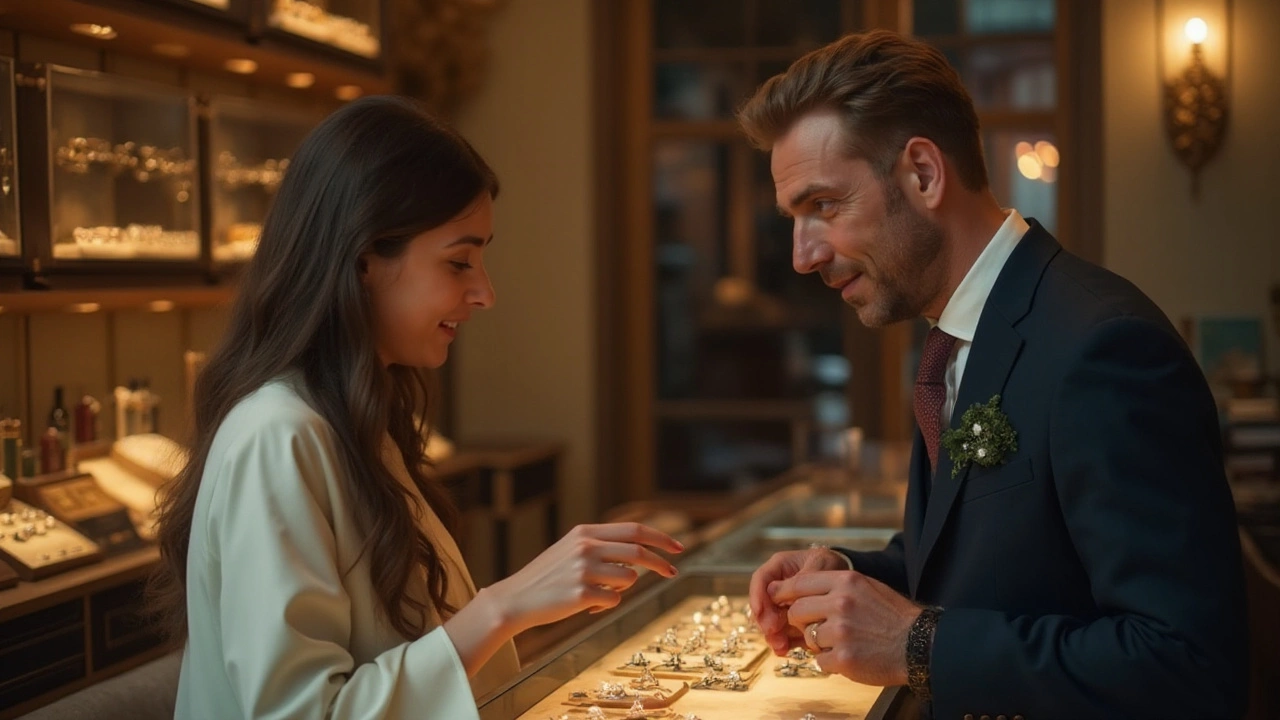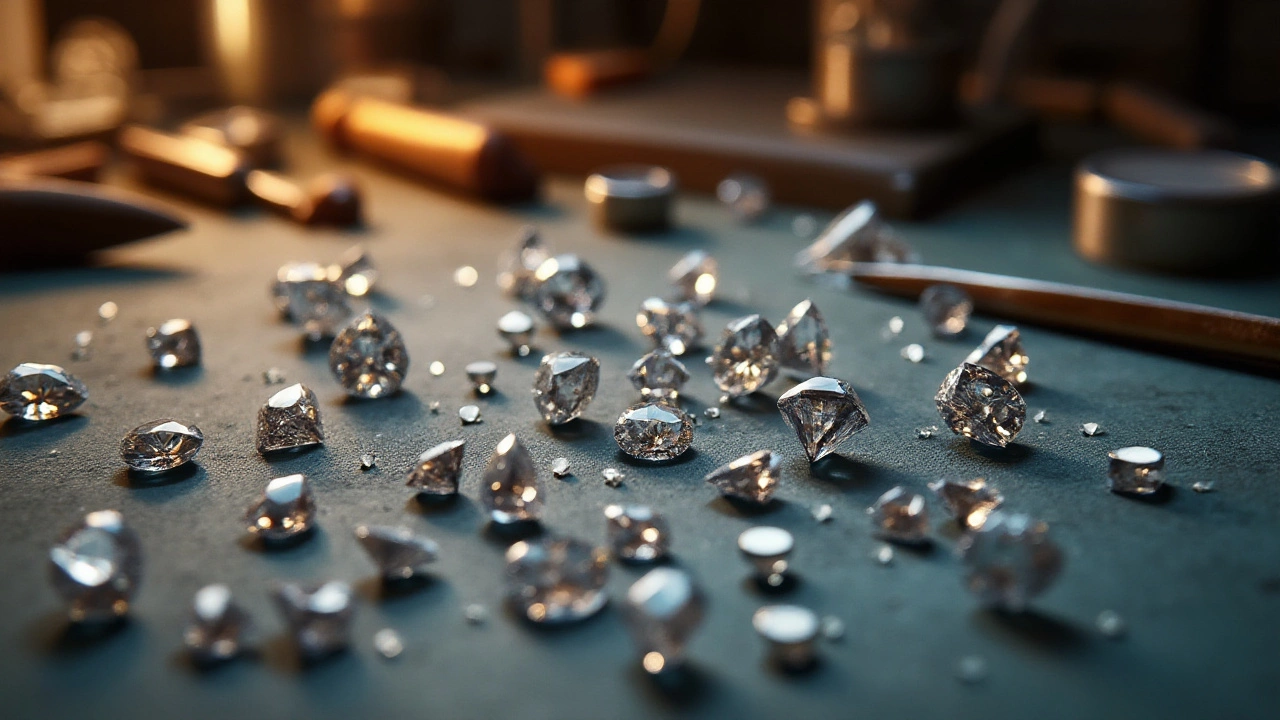Diamond Size: How to Choose the Right Carat for Your Wedding Ring
When you start looking at engagement rings, the first thing that grabs most people's attention is the diamond size. Bigger feels more impressive, but it also hits the wallet harder. The trick is to find a size that looks great on your hand without blowing your budget.
Carat is the weight measurement for diamonds, not the actual dimensions you see. Two stones with the same carat can look quite different because cut, depth, and shape all play a role. That’s why it helps to compare diamonds side‑by‑side, either in person or with a reliable online visualizer.
What Does Carat Actually Mean?
One carat equals 0.2 grams. In the jewelry world, a one‑carat round diamond typically measures about 6.5 mm across. When you move up to 1.5 carats, the diameter jumps to around 7.3 mm, but the price doesn’t just rise 50 %—it can more than double because larger stones become rarer.
The cut is the next big factor. A well‑cut diamond reflects light better, making it appear larger than a poorly cut stone of the same carat. A shallow cut can also make the diamond look smaller and lose sparkle.
Depth and table percentages affect how the stone sits on the band. A shallow depth can cause a larger‑looking face, but it may be fragile. Aim for a balanced depth (around 58–62 %) and a table (53–58 %). These numbers keep the stone looking lively and secure.
Tips for Picking the Right Diamond Size
Know your finger. Larger hands can handle bigger stones without looking over‑the‑top. Smaller hands often benefit from a modest carat paired with an excellent cut.
Set a realistic budget. Decide how much you’re willing to spend before you start browsing. If $10,000 is your ceiling, you might get a 1.0‑carat diamond with a top‑tier cut, or a 1.2‑carat with a slightly lower clarity.
Prioritize cut over carat. A brilliant‑cut 0.9‑carat diamond will usually look bigger and sparkle more than a dull 1.1‑carat stone.
Consider shape. Oval, pear, and marquise cuts have an elongated look, making them appear larger than round stones of the same carat.
Use the “finger test.” Place a coin or a small ring next to the diamond in the shop. This quick visual check helps you gauge if the size feels right.
Buy with certification. A reputable lab report (GIA, IGI) confirms the carat, cut, color, and clarity. It protects you from mis‑reported sizes.
Remember, the perfect diamond size is the one you love looking at every day. Don’t let hype or social media dictate your choice. Focus on how the stone feels on your finger, how it catches the light, and whether it fits your budget.
When you’ve nailed down the ideal carat, the rest of the ring—setting, metal, and any side stones—can enhance the overall look without adding unnecessary cost. A simple solitaire with a flawless cut often outshines a crowded halo of cheap stones.
Ready to start shopping? Bring this guide with you, ask the jeweler about the cut grade, and keep your budget front and center. You’ll walk away with a diamond that’s the right size for you, not just the biggest on the shelf.
How to Choose a $5000 Wedding Ring: Carats and Considerations
Finding the perfect wedding ring involves more than just price; it's about balancing quality, beauty, and budget. With a $5000 budget, understanding how carats influence diamond size and quality is crucial. This guide delves into the intricacies of selecting carat size within a $5000 budget, providing essential insights and tips to help you find a ring that's both beautiful and meaningful. Learn what factors to prioritize to maximize value and discover potential alternatives that might surprise you.
Read moreChoosing the Perfect Diamond Size for a $20,000 Wedding Ring
Discover the possibilities of selecting the ideal diamond size for a $20,000 wedding ring budget. Explore how factors such as diamond quality, shape, and setting can influence your choice. Learn some insider tips for maximizing value and understanding the importance of certifications. With this guide, make an informed decision that reflects both your personal style and financial sense.
Read more
